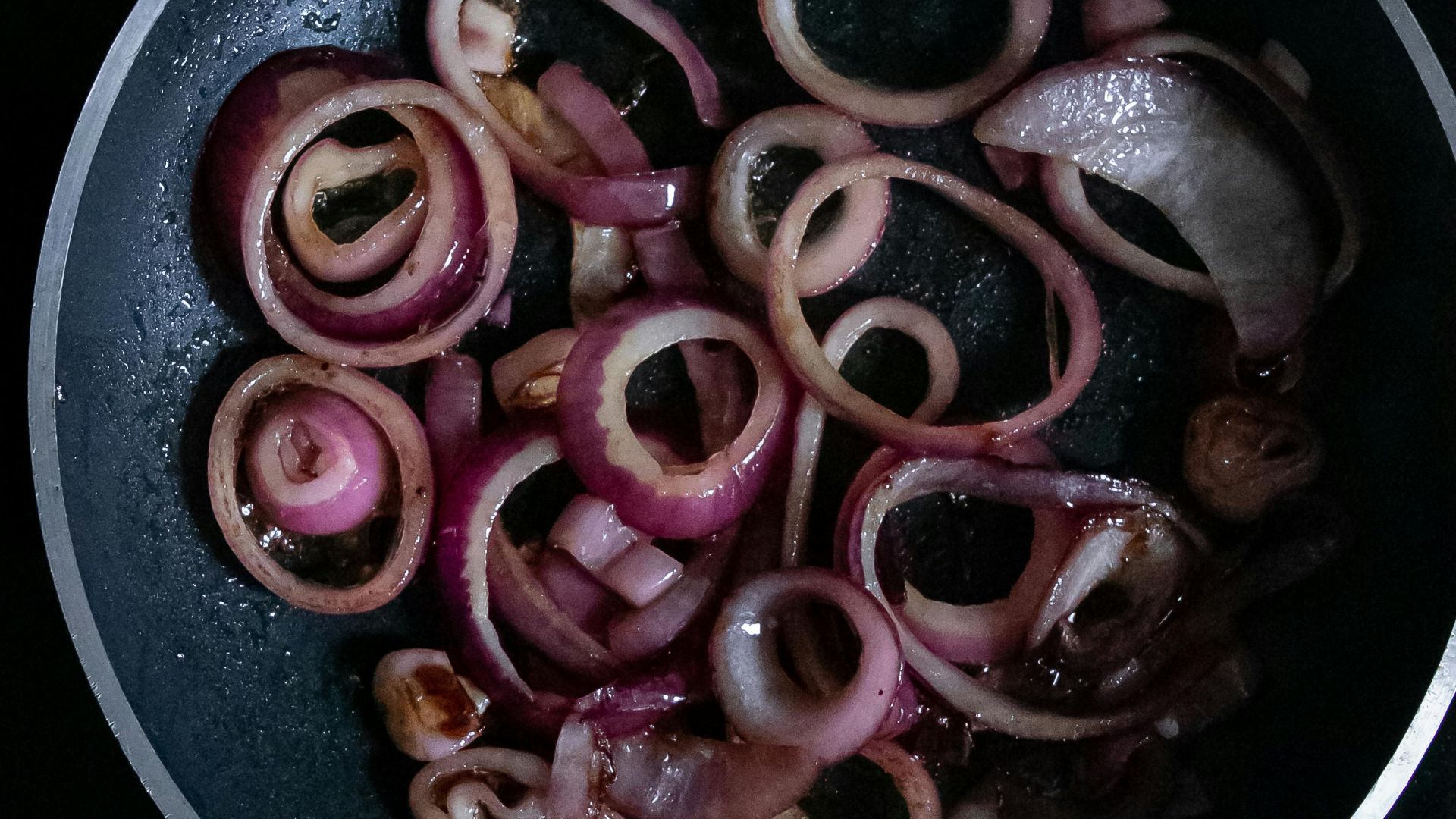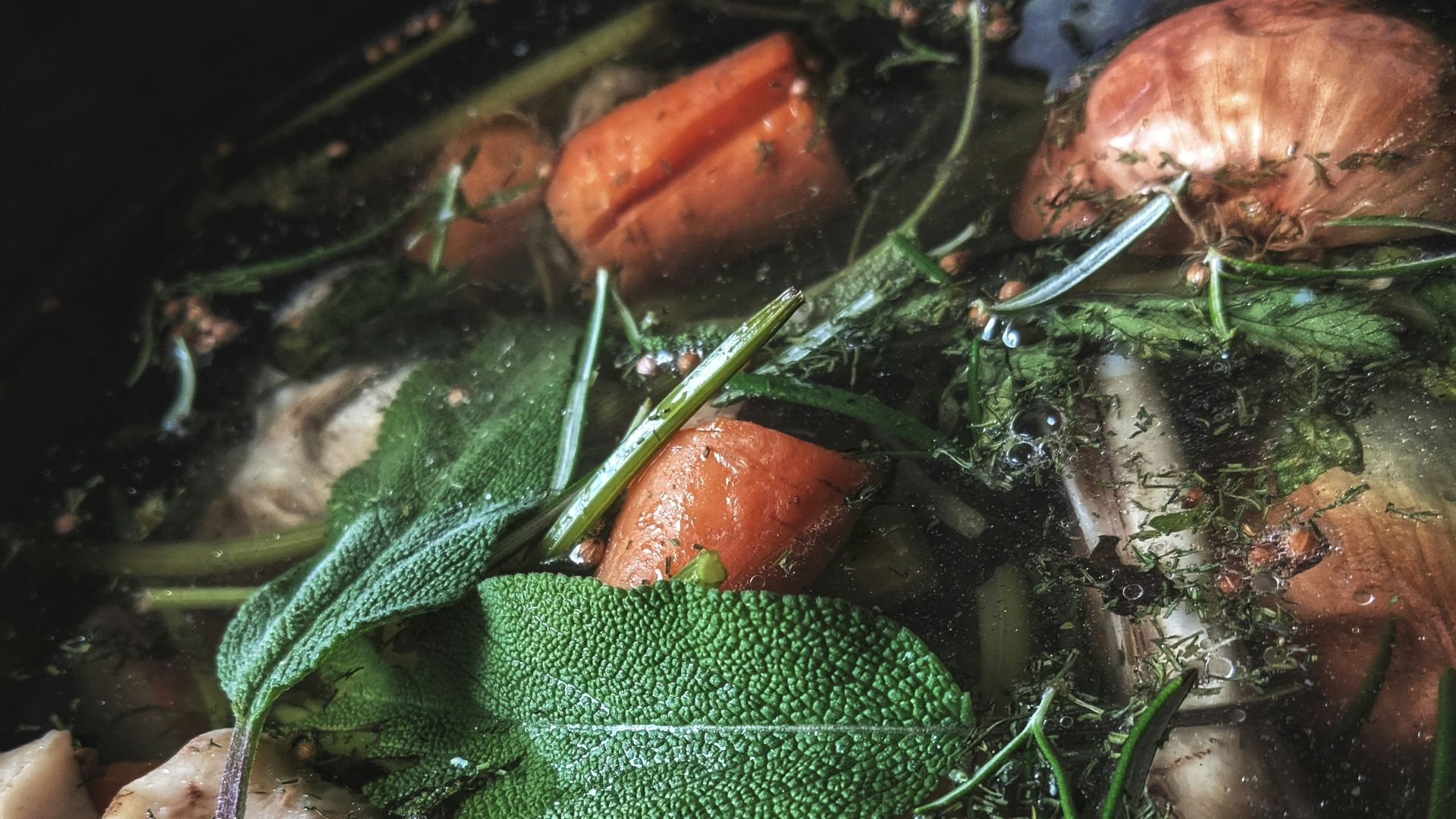 Karola G on PexelsWhen the weather starts to get chilly and leaves change colors, it signifies one thing to us: It’s soup season, baby! Soup is a healthful cup of cozy comfort, but even the most stress-free recipes can go wrong if you’re not aware of the pitfalls. Whether you’re making a pureed pumpkin soup, chowder, or some kind of gumbo, the same bad habits can sabotage your results.
Karola G on PexelsWhen the weather starts to get chilly and leaves change colors, it signifies one thing to us: It’s soup season, baby! Soup is a healthful cup of cozy comfort, but even the most stress-free recipes can go wrong if you’re not aware of the pitfalls. Whether you’re making a pureed pumpkin soup, chowder, or some kind of gumbo, the same bad habits can sabotage your results.
Luckily, these common mistakes also have easy fixes. To help you up your game, we compiled a list of some of the most common kitchen mistakes people make while cooking soup, according to seasoned chefs.
Not Adequately Sautéing Aromatics
The first step in most soup recipes is to sauté the aromatics–onions, shallots, garlic, and spices–until they “sweat.” However, many cooks will rush this step, simply throwing them in the pan for a few seconds before adding the other ingredients. While your soup won’t be completely ruined, it will lack considerable depth of flavor if you do this. Chefs agree you should cook your aromatics for at least 10 minutes, until they are golden and caramelized, for the best results.
Using low-quality stock
Stock is one of the most crucial ingredients. Despite this, many of us use the poorest quality, store-bought variety, thinking it won’t affect the taste, but making your own will drastically improve the flavor of your soup. Plus, it’s easy to do. All you need is some vegetables, meat, and bone scraps, which you can collect over time in your freezer. Then, boil everything with some herbs and seasoning, and you’ll end up with something way more flavorful and healthy than what you’d buy in-store. If you don’t have time to do this, at least invest in some high-quality stock or broth, but whatever you do, don’t use water instead. This will only result in a, well, watery-tasting soup.
Using the wrong type of fat
Many cooks either skimp on fat or use the wrong kind when making a soup, opting for a low-quality oil or something incompatible with the flavor of the soup: for example, coconut oil in a smoky tomato soup. However, the fat you use to sauté your aromatics will affect your final flavor. Butter or olive oil is usually the safest option.
Overcooking
Always pay attention to when you add your vegetables to the pot, as overcooking them will result in a mushy texture and a loss of vibrant flavor. Root vegetables like squash, carrots, and potatoes can be added near the beginning, but softer vegetables like broccoli, zucchini, and spinach need much less cooking time.
There you have it, folks: our guide to never making a bland and disappointing soup ever. again.
KEEP ON READING

These Common Kitchen Mistakes Keep Ruining Your Soup








